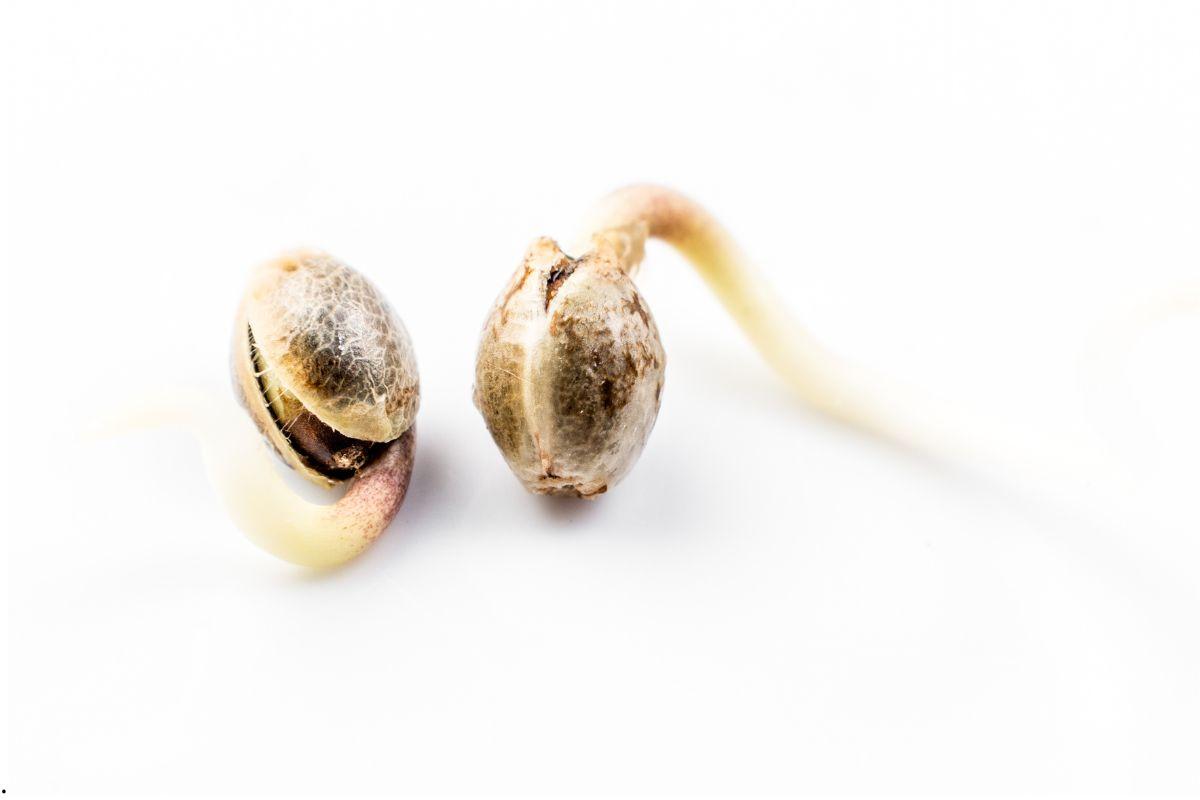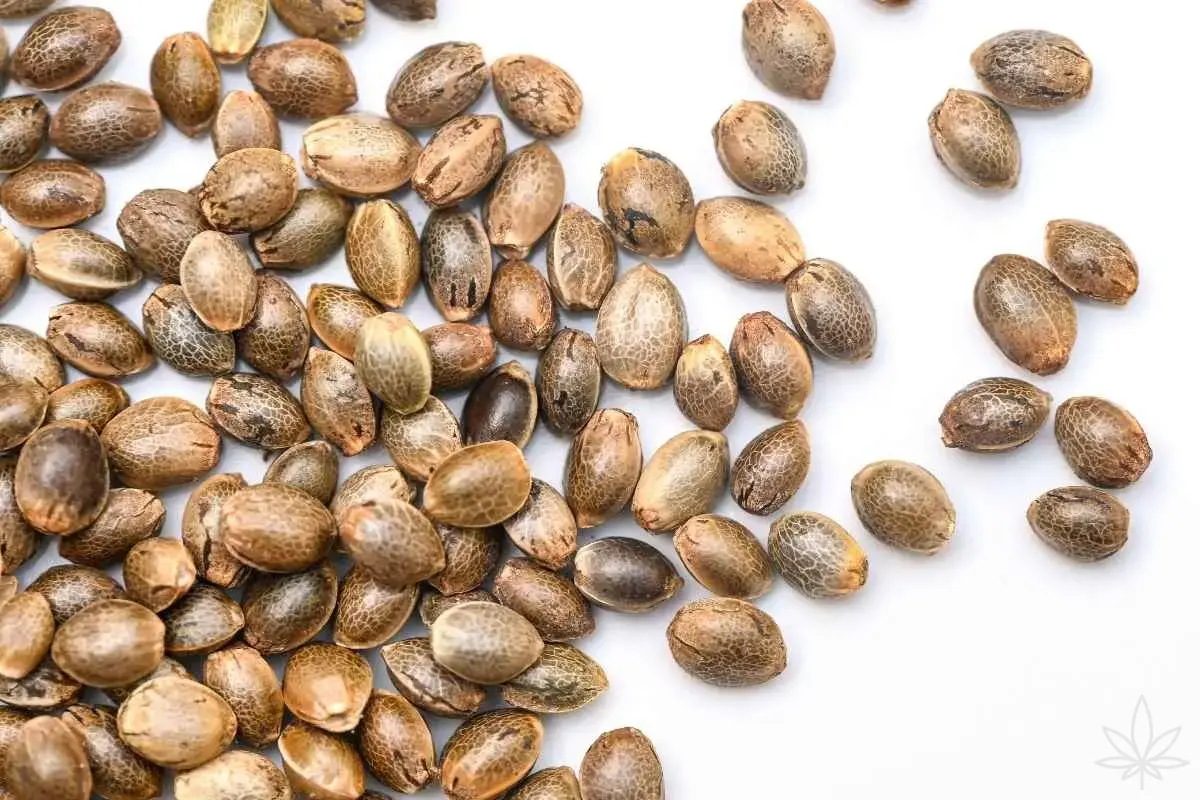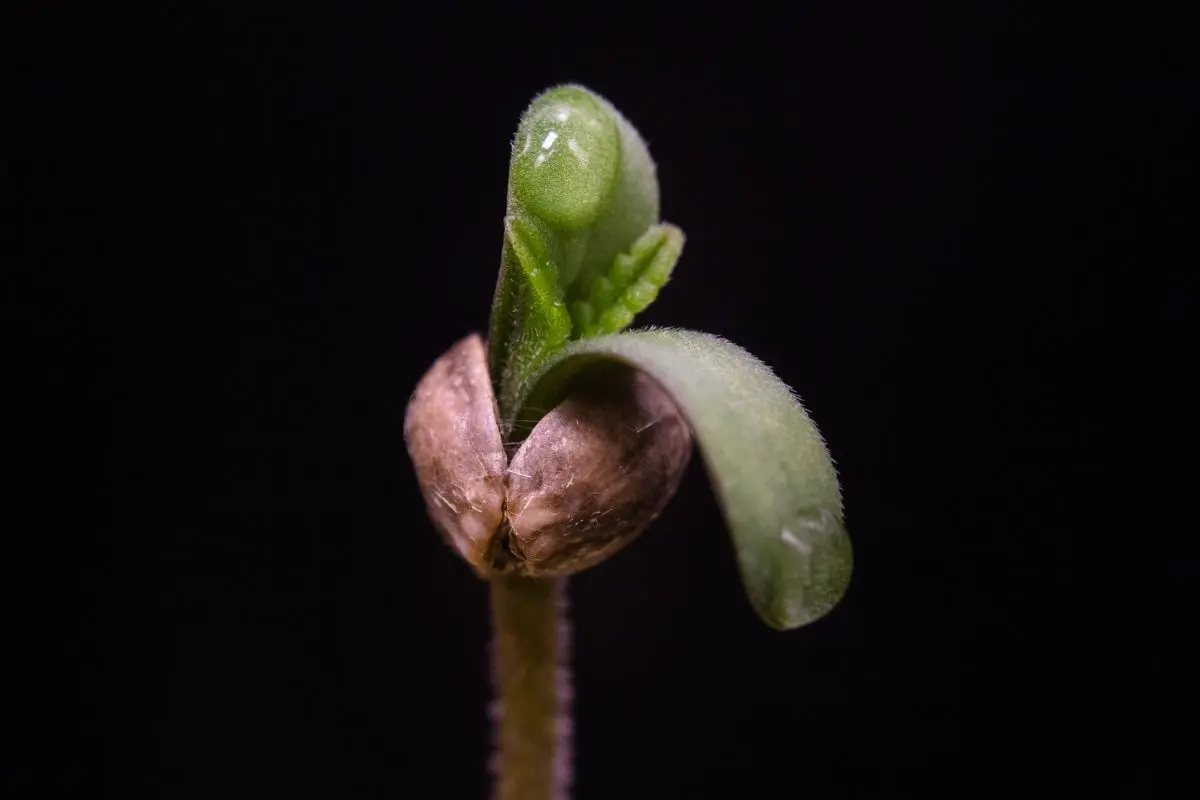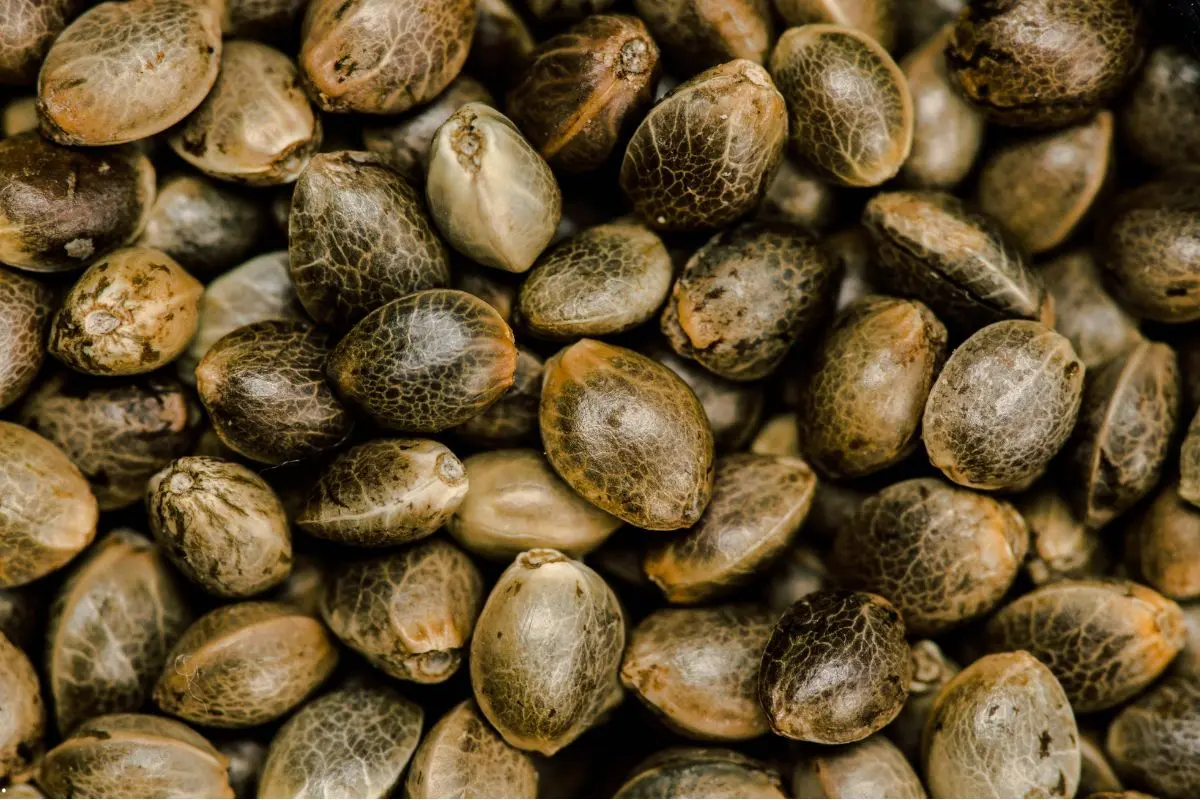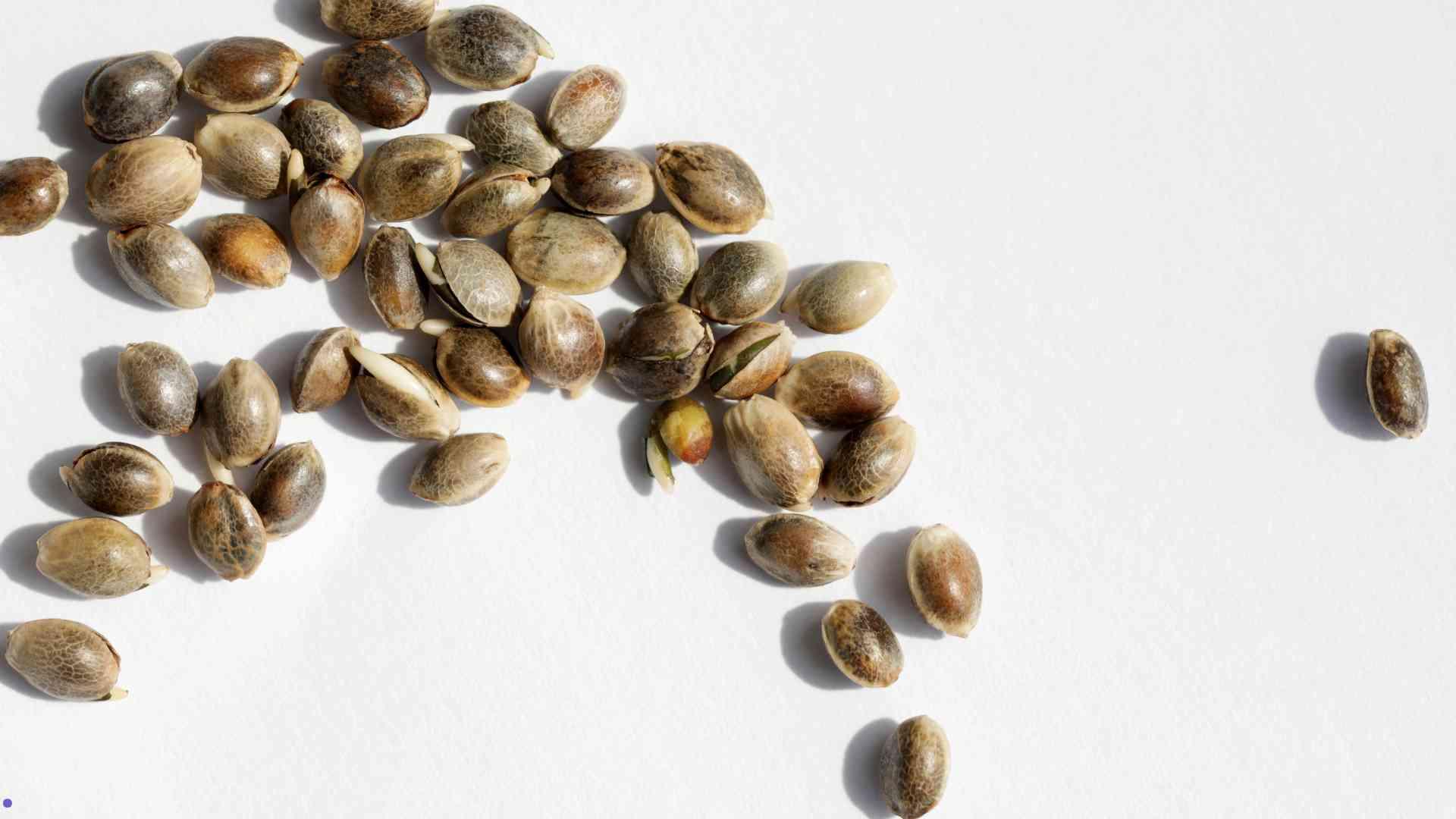Germination is that moment when your entire grow hangs on a single pin—literally, on a tiny taproot. Some swear by the paper towel and a shoebox; others prefer peat plugs and sterile trays. The “which method is best” debate comes back like a boomerang, but the truth is pretty down-to-earth: many techniques work as long as you meet three conditions at once—warmth, moisture, oxygen. Sounds simple, yet this is exactly where things most often go wrong.
1) What actually happens when a seed “wakes up”
- Imbibition (swelling) – the seed coat absorbs water, enzymes fire up, the embryo “wakes.”
- Cracking – the coat softens; the radicle (first root) emerges.
- Cotyledons – the two seed leaves spread like a mini solar panel.
- First true leaf – real photosynthesis begins and growth accelerates.
That’s the biology. The rest is logistics: don’t overwater, don’t suffocate, don’t overheat.
2) Germination methods – quick comparison
| Method | How it works | Pros | Cons | Best for |
|---|---|---|---|---|
| Directly in final medium | Seed goes straight into a light seed mix (small pot) | No transplant “stress,” natural start | Harder to control moisture; if nothing emerges, hard to diagnose seed vs. conditions | Growers who want minimal handling |
| Paper towel | Seed between moist towel layers, placed in a box/zip bag | Great control over moisture and progress; quick selection | Risk of damaging the taproot during transfer; easy to “cook” if too warm | Those who want to watch every phase |
| Short water soak | Brief presoak, then into medium/paper towel | “Wakes up” hard seeds; evens out starts | Too long a soak = low oxygen | Older/harder seeds |
| Peat/rockwool/starter plugs | Sterile, evenly moist plugs in a tray | Clean, predictable, easy to transplant | Added cost; requires gentle handling | Fans of order and repeatability |
| Directly in ground (outdoor) | Sown into prepared spot | No transplanting, natural selection | Weather dictates; pests and birds “help themselves” | Warmer climates and sheltered sites |
3) Fundamentals: the “W-M-O” rule (Warmth–Moisture–Oxygen)
- Warmth: steady, moderate. Keep day/night swings small.
- Moisture: moist, not wet. Medium like a wrung-out sponge; towels damp, not dripping.
- Oxygen: seeds breathe. Overwatering and stale air = suffocation.
In practice: a thin layer of medium above the seed, gentle misting, a container with micro-ventilation (not airtight).
4) Step by step—how to get it right without overdoing it
4.1. Directly in the medium
- Small pot with a light seedling mix (no hot nutrient charges).
- Place the seed flat or with the “point” slightly down; cover with a thin layer.
- Mist—don’t pour. Drainage holes are a must.
- Light cover (dome/film) with minimal venting.
4.2. Paper towel
- Two–three towel layers + water → squeeze out excess.
- Seed between layers, into a container/zip bag.
- Warm and dim. Check moisture and progress.
- Once the radicle appears, transfer very gently into the medium (tweezers, steady hand).
4.3. Short soak
- Clean cup, fresh water.
- Brief bath for the seeds, then proceed as in 4.1 or 4.2.
- If the seed doesn’t sink immediately—no drama; it will as it swells.
4.4. Starter plugs
- Moisten plugs, squeeze out excess.
- Drop the seed into the small hole, cover lightly.
- Plugs in a tray, mild bottom warmth, clear lid above.
- After cotyledons show, move the plug into the target medium.
5) Water quality, hygiene, light (yes, from the start)
- Water – fresh, without a strong chlorine smell; if very hard, dilute.
- Hygiene – clean hands and tools reduce “wet” disasters (molds).
- Light – the seed doesn’t need strong light to crack; young sprouts do. Set the light so they don’t stretch into a thread.
6) Europe: climate matters (outdoor and windowsills)
- Atlantic (UK, western FR, Benelux) – more humidity; watch cool nights and long rains. Mini-greenhouse covers can save a start.
- Continental (PL, DE, CZ) – fickle spring: warm daytime window, chilly evenings. Sow under cover and harden off routinely.
- Mediterranean (ES, IT, GR) – warmth helps, but seedlings scorch from sun and wind; shade cloth often essential.
- Mountains – even in summer nights can bite; keep seedlings under a roof longer and move them out only once weather stabilizes.
7) “First aid”: the most common symptoms and likely causes
| Symptom | Likely cause | What to do |
|---|---|---|
| Seed won’t crack | Too cold / too dry / too old | Provide steady warmth and even moisture; consider a brief presoak for the next batch |
| Radicle emerged, then stalled | Overwatering → low oxygen | Stop watering, ensure drainage and air exchange |
| “Diver” – long, flimsy stem | Light too far/too weak | Bring the light closer; gently mound medium around the stem |
| Seed coat “stuck” on cotyledons | Too little moisture during opening | Moisten with a cotton swab, soften the coat, remove gently |
| Mold on towels | Too warm, too wet, no airflow | Replace towels, reduce moisture, crack the lid for ventilation |
| Yellowing seedling | “Hot” medium (too rich) or overwatering | Switch to a lighter substrate; water less often |
8) Mistakes… everyone makes
- “More water is better.” No—seeds need oxygen.
- Fiddling with the taproot. Every touch risks micro-injury.
- Big temperature swings. Hot days, icy nights—not necessary.
- Too much light too early. Seedlings “cook” before they toughen up.
- Rich substrate from day one. Young roots prefer a light diet.
9) A simple “can’t-mess-it-up” procedure
- Pick one method (medium or paper towel—don’t mix five at once).
- Prep the space: clean, warm, with a light breeze.
- Moisten, don’t flood: water + squeeze out excess.
- Cover and leave it alone: don’t peek every 15 minutes.
- Light: once cotyledons show—switch to “daytime.”
- Transplant: only when the root ball holds; slow, deliberate moves.
10) Viability tests and seed storage (so you don’t start at a disadvantage)
- Look: healthy seeds feel firm, often darker; very light and cracked is a bad sign.
- Storage: dry, cool, no sharp swings; tight container, desiccant sachet.
- Rotation: sow older lots first; if it’s been sitting for ages, temper expectations.
- “Glass test:” not gospel—floating doesn’t prove anything; use as a rough hint only.
11) Charts and mini-tools
11.1. The “Germination Triangle”
WARMTH
▲
│ (steady)
OXYGEN ──┼─── MOISTURE
(airflow) (not a swamp)
11.2. Timeline (example, indicative)
D0 D1–D3 D4–D7 >
└─ short soak ─┬─ seed coat cracks ─┬─ cotyledons ─┬─ 1st true leaf
│ │ └─ add light, gentle watering
└─ radicle └─ move to medium (if paper towel)
Note: pace varies—seeds don’t read manuals.
12) Starter checklist (printable)
- Environment ready (clean, steady warmth, light airflow)
- One method chosen (medium / paper towel / plugs)
- Fresh water, clean tools
- Humidity dome with micro-venting (if using)
- Plan B for mold (replace towels / dry surface layer)
- Light positioned so seedlings don’t stretch
13) Frequently asked questions
Do I need to “scarify” the seed coat?
Usually no. With very old, hard seeds it’s sometimes used, but any mechanical treatment risks damage.
Must the seed be in darkness?
For cracking—light isn’t required. Young seedlings, however, need light soon after emergence.
Can I save a seedling with a “helmet head” (coat stuck on cotyledons)?
Sometimes: soften the coat with a drop of water, use tweezers, and… patience.
14) Final word
There’s no single “magic” method. There are habits that make the difference: calm, cleanliness, stable conditions, and restrained watering. Keep those, and your results will be more predictable than the choice between paper towel and a peat plug.
Extra table: quick comparison of starter media
| Medium | Aeration/Drainage | Sterility | Transplant ease | Practical note |
|---|---|---|---|---|
| Seedling mix | High | Medium | High | Most “natural” start |
| Peat plug | Medium | High | Very high | Good moisture control |
| Rockwool | High | High | High | Likes precise moisture management |
| Paper towel | High (air) | High (disposable) | Low (transfer risk) | Great for selection and monitoring |

